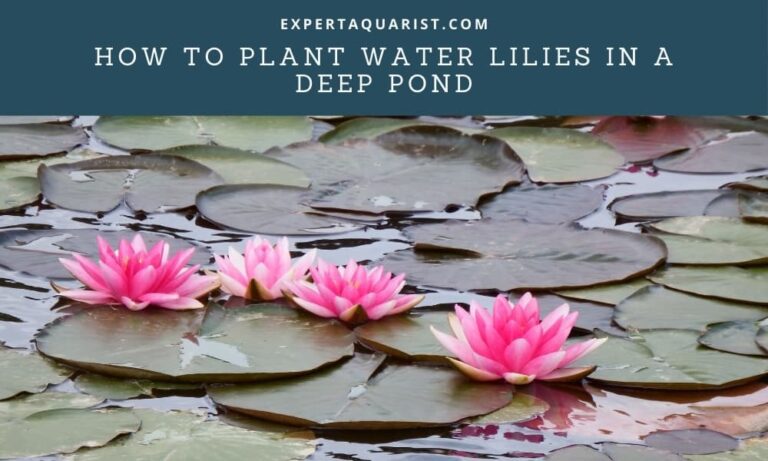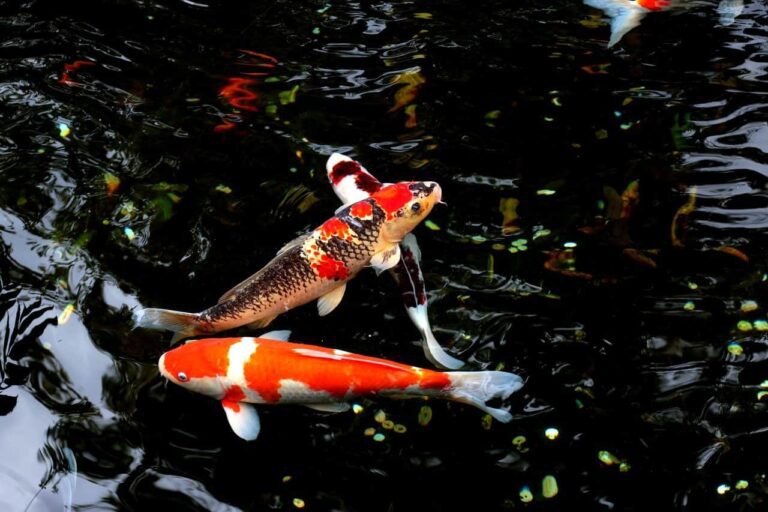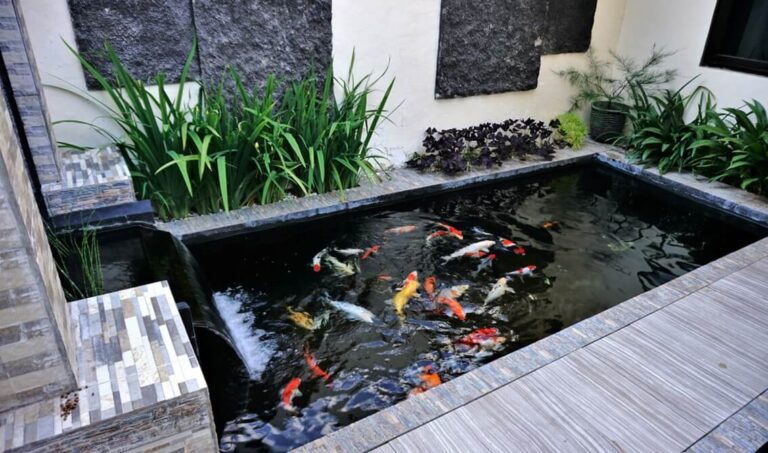Installing a pond is just the start. The real war begins now as the water of your pond will start to evaporate, especially in places with warm weather. Now the question is – how to stop pond evaporation?
You can stop pond evaporation by reducing your surface area, and blocking the sunlight along with high winds. By adopting some high-quality methods, it is possible to reduce pond evaporation by up to 80%.
And guess what, it’s not going to cost you any hefty amount. I bet you’re really curious to find out exactly how you can achieve this. And that is what I came here to discuss today.
Keep reading and find out some effective tips and tricks for stopping a significant amount of water loss.
Factors regarding pond evaporation
While they are not drastic factors, I still want you to know what can accelerate or decelerate your pond’s evaporation rate.
Surface area
The bigger the area, the more water is lost to evaporation. This is common sense. While you might not see much of your inches dropping, you will indeed lose a lot of water if you measure it in other scales.
Plants
Plants can reduce the evaporation rate. For example, water lilies can cover the surface area of water and block a big portion of evaporated water.
Shade
Sometimes, proper shading is enough to significantly decrease evaporation. It could tone down the evaporation by half in some cases. Planting bushes or small trees usually will do the job.
Climate
In humid conditions, your pond will have major evaporation and could lose a lot of water.
Wind
You might notice that even on windy days, your pond loses water due to evaporation. The wind makes the water in your pond encounters more air.
Agitators
Yes, I know agitators are fabulous and absolutely fun to watch, but sometimes they splash water a bit too much.
Don’t worry! You won’t have to remove your prized possessions; just make sure whether they are splashing water excessively or not.
6 effective ways to stop pond evaporation
A normal pond can lose one inch of water per week. It can lose even 3 inches in dry weather. The area of your pond, how much shading it receives, the surrounding temperature, all of it plays a vital part.

Below I have mentioned a few processes that’ll help reducing evaporation by a respectable margin. I recommend combining a few of these tricks together for more effectiveness.
1. Using plants around the pond
If you place trees or high bushes on the outside perimeter of your pond, they will easily provide shade. Adding marginal plants like soft stem rush or sweet flag will not only shelter your pond from high wind and sunlight but also alleviate the surrounding aesthetics.
Moreover, low maintenance vegetations like these stop the debris from falling into the pond. My suggestion would be to place evergreen plants that drop a few seeds or leaves because they can tamper with the pond water and could be toxic to any pond fish.
If you choose a plant that could leave a mess at your pond, then place them at a distance where they can’t be a hindrance but still provide shade to the pond. You can try adding a slight canopy over the pond.
2. Adding aquatic plants
Aquatic plants are great at covering the surface of a pond. Not only will they provide shade, but they will also absorb sunlight to keep the pond cool.
Free-floating plants like duckweed or water hyacinth, or water lilies excel at blocking sunlight exposure by covering up to 60 percent of the pond surface. Alongside keeping the pond cool, they also suppress algae bloom.
Local nurseries have good aquatic plants for you to choose from.
3. Installing a trellis
Sunlight is most warm during the afternoon, so evaporation occurs the most during that time. You could use a trellis on the top of the pond to protect the pond from sunlight and reducing evaporation.
Planting a vine on a trellis could provide extra shade.
4. Reducing agitation
Agitated water is easy to get evaporated. The culprit here is features like a waterfall or fountain. They cause the water to agitate and splash more and that causes the water to evaporate faster. Even though pond aerators are quite important for your fish in the pond, it can cause some evaporation as well.
5. Including water dye
Your free-floating or marginal plants are going to take some time to establish properly; by the time you wait, you can spread some water dye in your pond. These pigments protect your pond from UV rays.
The dye has to be non-toxic, or your pond will face a disaster. Do your research accordingly before choosing a dye.
6. Spilling surface film
While this tactic is still in an experimental phase, it’ll become the most practical and affordable solution to your pond evaporation problems. The theory is, oil film will be dropped on the pond that is able to reduce the evaporation significantly.
Tests have shown hexadeconal or cetyl alcohol extracted from coconut oil can form a monomolecular film on a surface of the water. It looks like powder or flakes that are solid, waxy, crystalline, and white in color.
It is non-toxic and odorless, but before you have any weird curiosity, let me tell you it is tasteless.
This compound is surprisingly polar, with one end having an excellent affinity for water, thus being hydrophilic, while the other end is hydrophobic which is why it deters away water.
This polar property helps build a monomolecular film right above the water. While the film might be 15×10 mm thick, this much is tight enough for stopping water molecules from escaping.
It has a unique property where it moves along the flowing water without tearing. It creates gaps during rainfall but immediately seals up after the raindrop passes through.
Experiments have estimated a 1/3rd reduction in evaporation by using this film. While theories suggest only 25 grams of cetyl alcohol per 1hectare area of water surface could produce a monomolecular film, the reality is different.
Tests have shown you might need 100 times more of the mentioned amount due to working problems. But even then, it is a very efficient and economical solution.
A combination of hexadecenal and octadecenal also showed better results.
Don’t let your pond get dry
With the tips I’ve gathered for you, now you know how to stop pond evaporation by a significant amount. I know you are a smart owner, and you really care for your pond, and that assures me you’ll implement these tactics without fail. All the best!






